Pilot Light Repair Services
Pilot light repairs are essential when issues such as persistent outages, irregular flames, or difficulty igniting occur. Regular inspections during seasonal changes can prevent unexpected failures, especially before winter and summer when heating and cooling systems are heavily used. Timely repairs ensure safety, efficiency, and reliable operation of appliances like furnaces, water heaters, and boilers.
Frequent extinguishing, yellow or irregular flames, and difficulty igniting are common signs that require inspection and potential repairs.
Addressing problems early helps prevent appliance damage, reduces energy costs, and ensures safety by avoiding gas leaks or carbon monoxide risks.
Issues may stem from faulty thermocouples, drafts, dirt buildup, or gas supply interruptions, which can be diagnosed during maintenance.
Pre-winter checks are recommended to ensure heating systems are operational, while summer inspections can prevent cooling system failures.

Ways to make Pilot Light Repairs work in tight or awkward layouts.
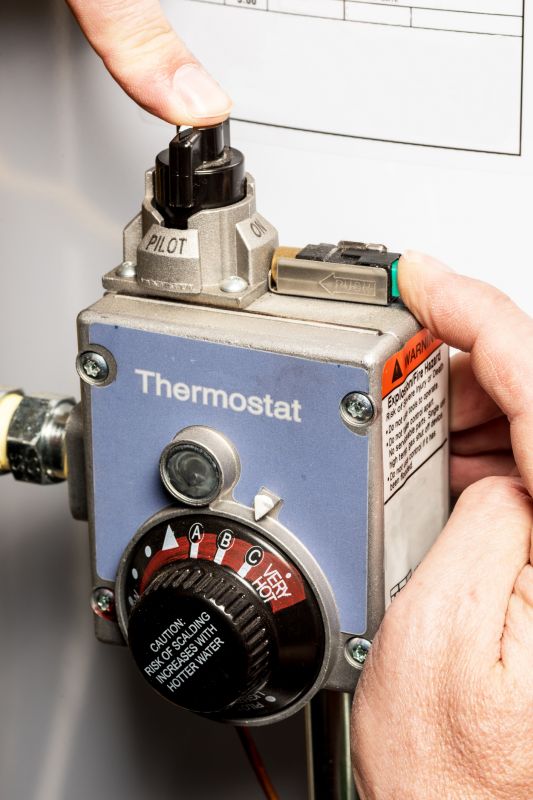
Popular materials for Pilot Light Repairs and why they hold up over time.
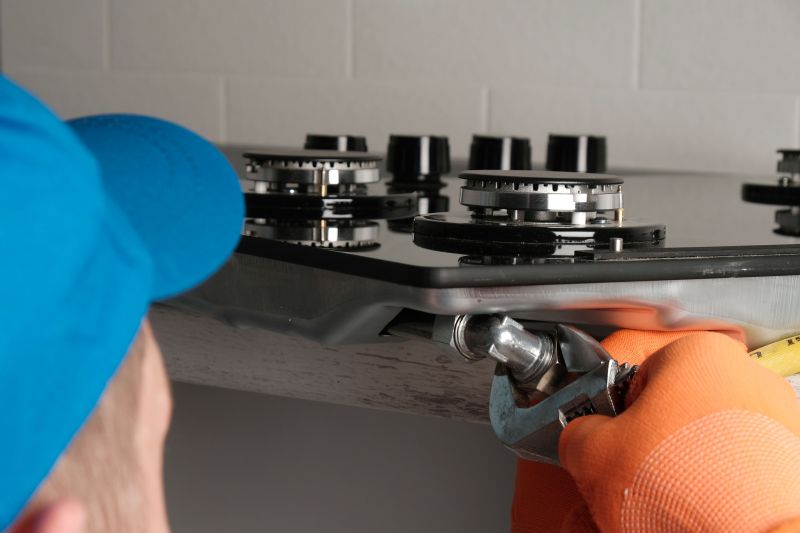
Simple add-ons that improve Pilot Light Repairs without blowing the budget.
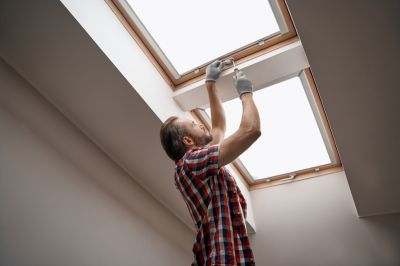
High-end options that actually feel worth it for Pilot Light Repairs.
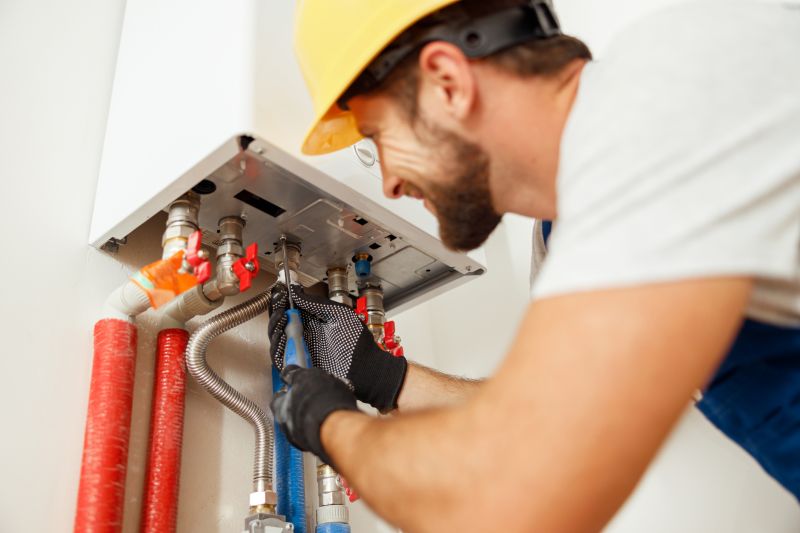
Finishes and colors that play nicely with Pilot Light Repairs.

Little measurements that prevent headaches on Pilot Light Repairs day.
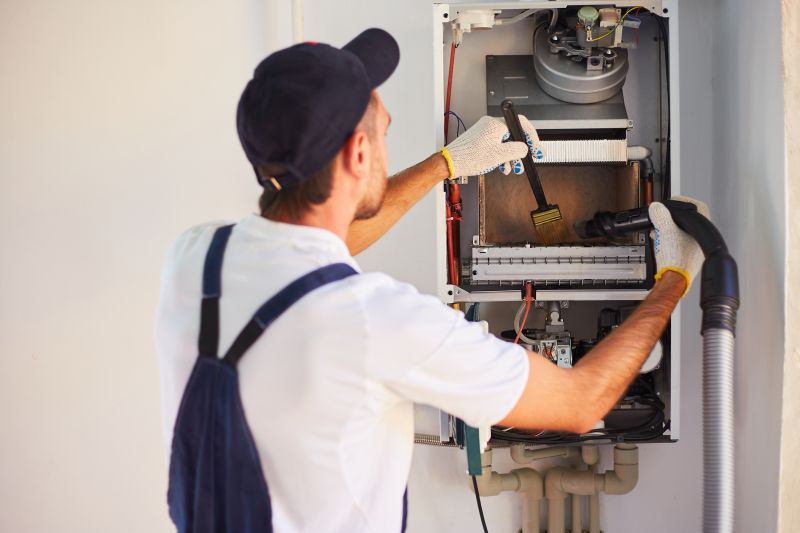
A 60-second routine that keeps Pilot Light Repairs looking new.
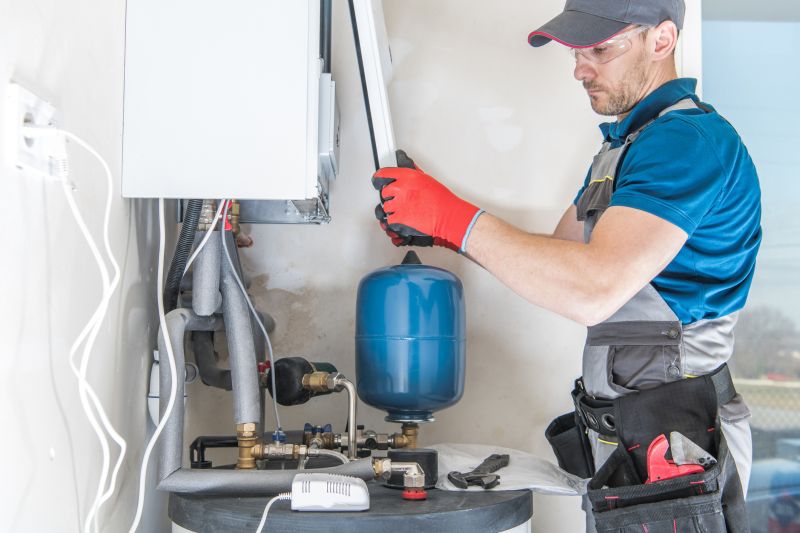
A frequent mistake in Pilot Light Repairs and how to dodge it.
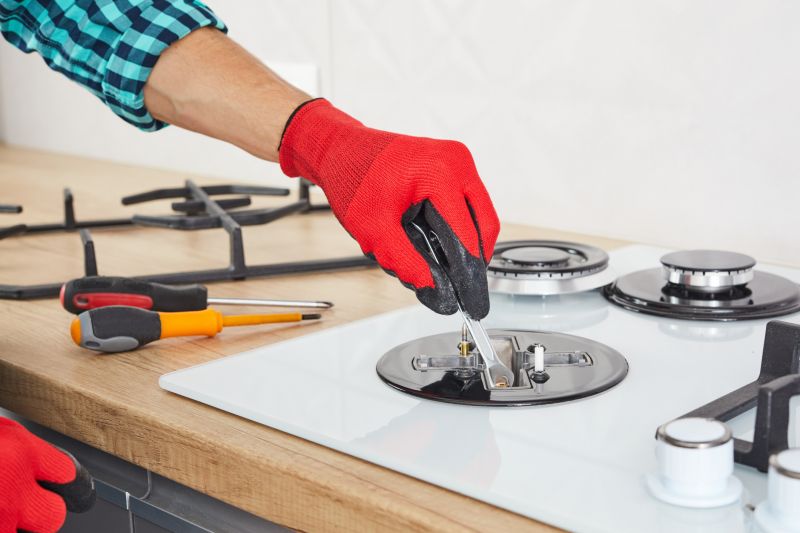
Small tweaks to make Pilot Light Repairs safer and easier to use.
| Aspect | Details |
|---|---|
| Common Causes | Faulty thermocouples, drafts, dirt buildup, gas supply issues |
| Signs of Trouble | Frequent extinguishing, irregular flames, ignition problems |
| Preventive Measures | Regular inspections, cleaning, proper ventilation |
| Seasonal Checks | Pre-winter heating system inspection, summer cooling system check |
| Safety Tips | Only qualified technicians should perform repairs |
| Cost Factors | Labor, parts replacement, system complexity |
| Failure Risks | Gas leaks, carbon monoxide, appliance damage |
